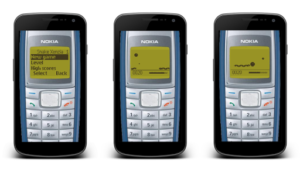[yesno_chart sid=”10″]
There are various Win 11 launcher apps accessible for Android, each with its unique features. Nonetheless, here’s a general overview of what you can typically anticipate:
Features:
- Windows 11 Interface: These launchers replicate the Windows 11 desktop setup on your Android device, including elements like a taskbar, start menu, and potentially file explorer features.
- Customization: Users can often personalize the launcher with themes, wallpapers, and widgets according to their preferences.
- Organization: Some launchers offer tools to efficiently organize apps and files, resembling the structure of a Windows desktop.

Potential Benefits:
- Familiarity: For those accustomed to Windows 11, utilizing a Win 11 launcher can make the Android experience feel more familiar and user-friendly.
- Efficiency: Certain launchers claim to enhance organization and accessibility, potentially streamlining the process of finding content on your phone.
Considerations:
- Security: As these are third-party apps, exercise caution. Only download launchers from reputable app stores like Google Play and scrutinize user reviews for any mentions of security issues.
- Permissions: Take note of the permissions requested by a launcher during installation. Ideally, it should only request access to features directly pertinent to its operation.
- Performance: While some launchers advertise as lightweight, user reviews might indicate performance challenges on specific devices.
Finding the Right Launcher:
- Seek launchers available on Google Play, as they undergo some security scrutiny.
- Read reviews to gauge user feedback, including any reported bugs or performance concerns.
- Prioritize features important to you, such as specific customization options or organizational functionalities.
Remember, adopting these launchers alters your Android interaction. If uncertain, consider experimenting with default launcher customization options on your device before opting for a complete transformation.








